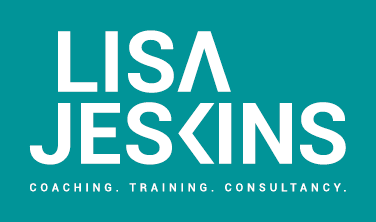Photo Credit: Billy Rowlinson via Compfight cc
This isn’t an exhaustive list – just a few suggestions that might help.
Practice… It’s good to do this in front of a mirror so you can see whether you are looking up at your audience. (It feels silly at first but you get used to it)
If you’re worried about technology failing, you can do screenshots of each stage and ‘pretend’ to go through your demo live. It does mean that you can’t really show scrolling though and I would say it is better to do live demos and with practice you will get used to dealing with stuff going wrong. (After all never work with children, animals or technology)
See if you can get someone to peer review or video you. You can figure out what your own personal tics are and try and cut down on them (mine is ‘if you see what I mean?)
Proof read your handouts – if you can, get someone else to do it for you. Or at least print them out and go through them the old fashioned way with a pen.
I might be be teaching my grandmother to suck eggs, but ALWAYS spell check.
It’s good to do a knowledge check. You can either do this at the beginning of the session, with a quick Q& A or send out a pre-course questionnaire. This way you aren’t blind sided by a group knowing lots or too little and you can pitch your session at the right level. Although more often than not, you will have a mix, and in that case it’s a good idea to say that you have lots of different levels in the group and so manage everyone’s expectations.
Talking of that… Manage the group’s expectations. At the beginning of the session I like to ask what people are hoping to get out of the day. This way I can see what they want and how it matches up with my planning. It also means I can sort out any misconceptions and get the group to agree to what we are going to cover. I tend to flipchart this, which means that if you have time, you can go back to it at the end and show that you’ve covered everything and possibly catch anything you might have missed. It’s also quite a nice way to reinforce learning.
Have a couple of back up exercises with you in case you’re timings go awry. Think beforehand about what you can cut if you run out of time.
I realise that if you’re training for large organisations you might not have a choice, but if you are doing a hands on session and you are the only trainer, keep numbers to under 15. Any more and you can lose people and damage their learning. If you have a big group, try and have two trainers so that you can both wander around the room and check that everyone is at the same place.
It’s not always possible but either visit the room beforehand or get there early, before your participants. It’s good for your confidence if you can visualise where you will be training and it can help you to feel that you are ‘in charge’ or that you ‘own’ the room. It also allows you the time to go through your presentation, always useful if you’ve not used the room or pc/laptop before. It’ll help you to see if there is anything wrong, now you have swapped from your machine. (Particularly useful if you’re using fancy fonts, so you can see if any have gone screwy). It also allows you to check the layout of the room and make sure that what you have planned will work.
And finally think about what you’re wearing. Obviously this is completely up to you and your choice might be dependent on how formal your training is, but I would say that whatever you choose don’t wear anything too fussy or irritating. There’s nothing worse than watching someone who is uncomfortable or who can’t leave themselves alone…
Image from Flickr CC: http://www.flickr.com/photos/11248435@N04/5719683196


